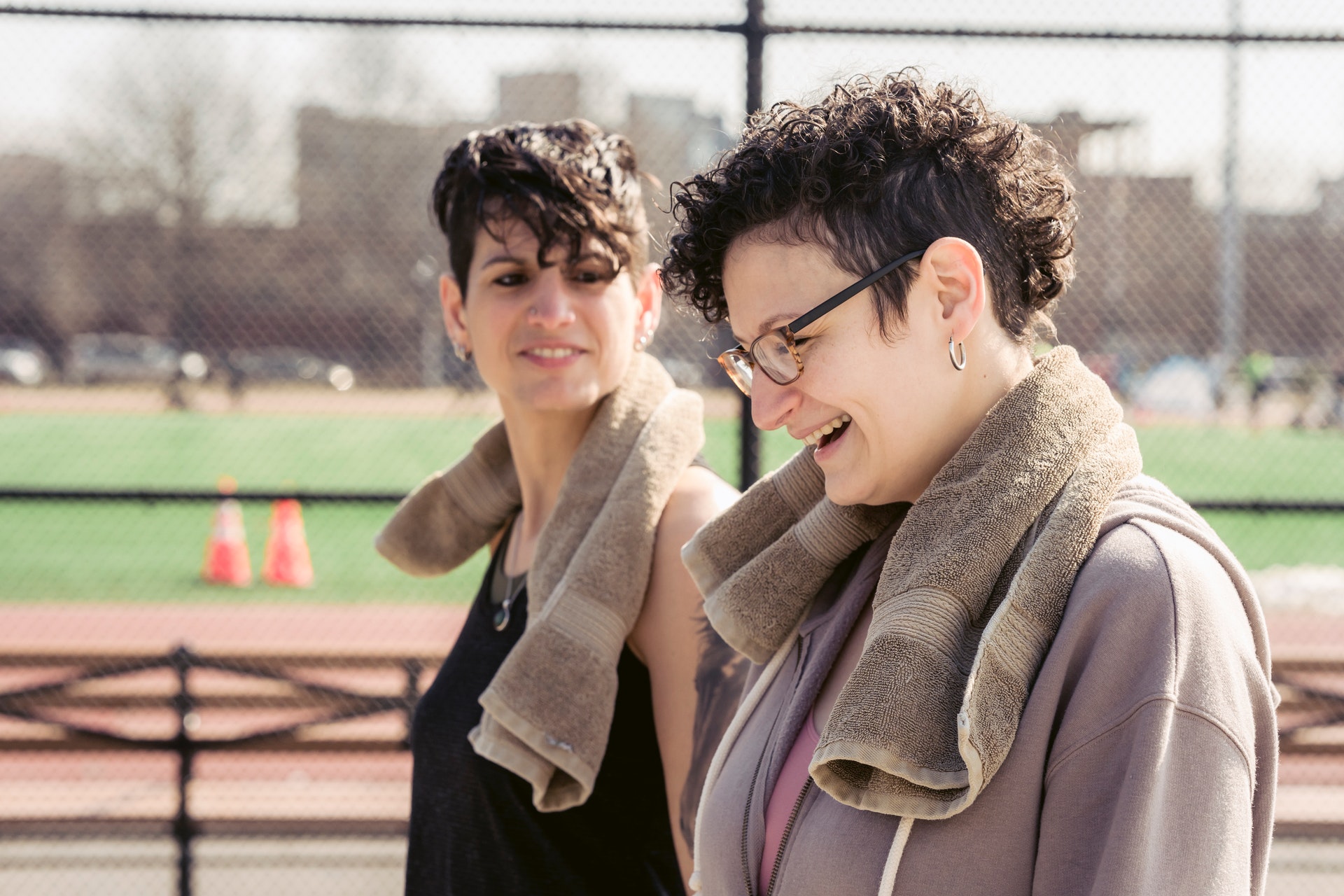Social learning theory states that people learn by watching and mimicking others, particularly learning theory people who play a significant role in their lives. This observational learning happens in shared spaces, such as schools, work and even your home, and it can be either positive and negative. Impersonation can also be determined by your mental health.
This theory is based upon operant and classical conditioning but differs by focusing not only on internal processes, but also the surrounding environment. This is in contrast to classic and operant conditioning, which are more focused on stimulus-response relationships.
Albert Bandura developed social learning theory in the 1960s after doing a variety of experiments, including the Bobo doll experiment. This experiment demonstrated that children can follow the behavior of their parents, regardless of being instructed to do it. He was of the opinion that many examples of behavior reinforcement didn’t consider the social environment, and that’s why people behave differently based on the circumstances.
Teachers can employ the tenets of the theory of social learning through rewarding desirable behavior as well as deterring bad ones. One option is to use the reward system to encourage students to Engage in discussions with their classmates, complete homework and adhere to classroom rules. Another option is to model acceptable behavior and increase students’ confidence in their classroom. This theory is also useful in encouraging students to be more compassionate and respectful of classmates.
People can also learn from watching the behavior of others in order to handle or avoid stress. Vicarious learning is an excellent method for those struggling with anxiety and depression. Vicarious learning is a risk since it can lead people to imitate negative behaviors such as violence and aggression.
At work, workers frequently imitate the behavior of their coworkers. This could be an attempt to fit in or gain attention. It can also be a way to see how their actions are perceived by their bosses. This could be an issue, especially if the company culture discourages these types of actions.
This theory explains why people may be more likely to take risks with their behavior. This theory can explain why someone might smoke cigarettes or drink drugs after seeing their friends do it, or view violent videos and imitate aggression seen on TV. The 2021 research shows that there are other factors that affect people’s willingness to engage in risky behavior. Social learning is only one of them.
The theory could help to determine why people act differently in different environments, but it can be difficult to implement. People can have inner conflicts when they adopt new behaviors that contradict their beliefs and values. To help with this, educators can help students to identify their values and beliefs, and then encourage them to look for ways to incorporate new habits into their lives that are in line with the values they hold.






